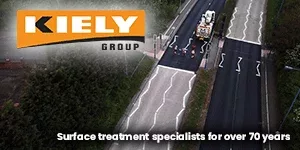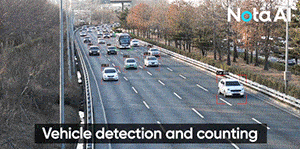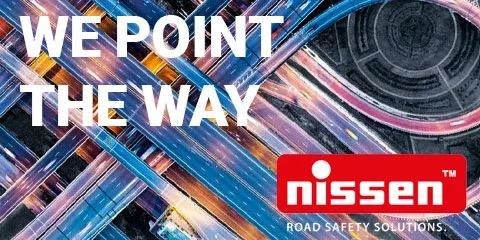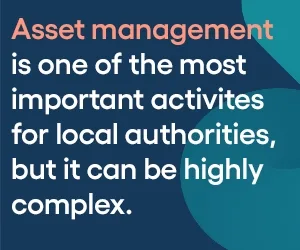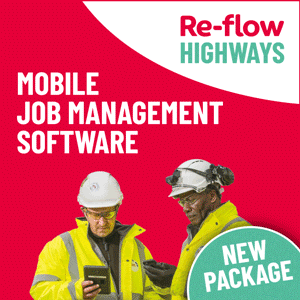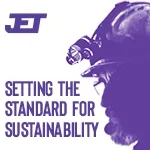The framework PAS 2080 sets out an approach for civil infrastructure and utilities businesses to reduce carbon emissions and reach net zero. This article by Re-flow covers the important details, strategic opportunities, and parallel financial benefits of incorporating carbon management into your business.
The positive news is that carbon management can be easy to achieve – and that it can form part of a wider revolution that makes life for your managers and operatives more productive, while also transforming your odds of making winning bids.
A review of PAS 2080 and why it matters
Developed by the BSI (British Standards Institution), PAS 2080 provides a framework for managing carbon across the entire lifecycle of infrastructure projects – from design to construction and operation and beyond. (We say beyond because the design considers the lifetime carbon output of the asset or scheme).
With major organisations like National Highways making PAS 2080 accreditation a requirement for contractors and suppliers, businesses that fail to adopt carbon management strategies risk losing out on key tenders. Comments during a recent webinar 1 suggest institutions like the Environment Agency also intend to do the same. The implication is that more and more often, companies bidding on contracts will need some kind of carbon management and tracking in place. Doing so will directly affect their bid score and their competitiveness.
The challenge of carbon management in infrastructure
The hope is that soon carbon management will be seen as just one more important step in preparing for work of all sizes in the sector. Keith Howells, president of the ICE 22/23, said this of the scheme:
‘We need to move away from the traditional contracting language from the past. This is about mindset. This is about leadership. This is about collaboration.’
Meeting PAS 2080 standards means:
• Tracking and reducing carbon emissions across all project stages.
• Demonstrating a systems-based approach to carbon management.
• Working collaboratively with suppliers and stakeholders to drive down emissions.
• Avoiding unnecessary emissions by using existing assets and designing for circular economy principles.
According to the ICE webinar, there’s building momentum in the industry towards PAS 2080 and there are aims to convert the framework into an ISO. With this in mind, acting early might help businesses get ahead of the competition.
David Riley, head of carbon neutrality at Anglian Water, said,
“‘”I’m seeing a step change. I’m seeing more organisations encouraging their supply chain to take action.”
Adrian Johnson, executive technical director at Stantec, expressed a similar idea.
“‘A common thing I’ve heard over the years is that the client hasn’t asked me to [track carbon], and it’s going to cost me money, so I’m not going to do it. ‘This is changing. We’re now moving to the point where carbon management is seen like health and safety. You wouldn’t say about health and safety that I’m not going to do that because I haven’t been asked to do it and it’s not in my budget.”
Everything about PAS accreditation is free. The instructions are as follows:
• GO to the ICE website and download the guidance documents.
• Visit the BSI website for more information on the framework and follow the links to begin the product testing and certification process.
The role of field management software in PAS 2080 compliance
Managing carbon doesn’t mean adding layers of complexity to your operations. The best field management software comes with a suite of tools to improve efficiency, reduce unnecessary travel, optimise workflows, and capture the data you need. All of these are important features that help with the framework.
- Streamline compliance and reporting, and track carbon
A key requirement of PAS 2080 is demonstrating a proactive approach to carbon reduction. Field management software like Re-flow simplifies this by:
• Capturing data through forms on project activity, travel, and material usage.
• Generating real-time reports on workforce efficiency and resource
management.
• Re-flow is also being developed to track rough fuel consumption records for
vehicles.
- Reducing unnecessary travel
One of the easier-to-address contributors to carbon emissions in infrastructure is excessive travel. Field management software eliminates this by:
• Providing real-time updates through the dashboard, available in the office, about where teams are and what they’re working on.
• Updating job packs and documents instantly through the app.
• Allowing operatives to submit digital forms and photo evidence from site, so auditing can be done from the office. Fewer miles driven means lower emissions, lower costs, and less wasted time. - Other streamlining boosts
Delays, miscommunication, and rework can all contribute to higher emissions. Field management software comes with multiple useful features:
• A smart scheduler to digitally manage jobs, workflows, and asset lists.
• Automations and notifications eliminating any chance of human error.
• Digital forms that are so easy to use that operatives buy into compliance processes.
• Centralised messaging and communication.
• AI-generated reporting, adjustable search filters, and an automatic audit trail, providing the ability to show data on almost every aspect of a job.
(Pic: Re-flow)










